Warning: This Lab May Cause Injury or Death
On March 16, Thea Ekins-Coward was working as usual in a laboratory at the Hawaii Natural Energy Institute of the University of Hawaii, Manoa. A 29-year-old postdoctoral researcher, she’d been at the Honolulu lab for six quiet, uneventful months as part of a team seeking new ways to make fuels and plastics from biomass.
On this afternoon, as she prepared the standard combination of hydrogen, oxygen, and carbon dioxide used each day to feed the bacteria the lab was studying, the pressurized tank of flammable gas exploded. Frantic 911 calls followed.

“I’m in the basement,” a caller reporting the blast told the 911 operator, according to fire department transcripts.
“OK, and what happened? You heard an explosion?” the operator asked.
“I heard an explosion and then, uh, and there’s a lot of debris and somebody’s really injured. I think her arm is gone…. It’s, uh, a pretty big emergency.”
The caller was right on all counts. The detonation, triggered by a transfer of static electricity to the ungrounded tank, had splintered furniture; spewed blood and skin across ceiling, floor, and lab benches; destroyed Ekins-Coward’s lower right arm; scorched her face; and left her, temporarily, profoundly deaf.
Ekins-Coward survived, but the blast serves as yet another reminder that too many young science scholars have been maimed or killed in American university laboratories in recent years. Among the other notable incidents: In 2011, Michele Dufault, a 22-year-old physics major at Yale, was fatally strangled when her hair caught in a machine as she worked on her senior project. In 2010, a 29-year-old Texas Tech graduate student, Preston Brown, lost three fingers and suffered damage to his eyes and face when a compound he was stirring in a mortar blew up. The previous year, Sheharbano “Sheri” Sangji, a 23-year-old lab technician at the University of California, Los Angeles, died from third-degree burns over 40 percent of her body after her sweater caught fire as she tried to transfer a notoriously flammable liquid from one container to another.
Nor is this only a U.S. problem. Incidents in other countries range from the death of postdoctoral researcher Meng Xiangjian in China last December, killed when a hydrogen tank exploded at Tsinghua University, to perhaps the worst academic lab safety disaster on record: the explosion of improperly stored tanks of flammable hydrogen gas at Argentina’s National University of Rio Cuarto in 2007, which killed five faculty members and a student and injured nearly two dozen others.
But many experts believe this list of scattered incidents deeply underestimates the problem — and the risks involved. Less publicized injuries have happened, too, but no precise count exists, because no one — no government agency, no association of universities — systematically tracks safety violations at academic laboratories. Reporting standards vary among the American states; some universities come under the U.S. Occupational Safety and Health Administration’s authority, and thus must report workplace safety injuries, while others follow state laws, some of which exempt government entities like public universities entirely from the need to report.
The best available overview comes from a 2011 study by the U.S. Chemical Safety Board, which followed the Texas Tech explosion. It cited “preliminary information” on 120 incidents in the United States over the preceding decade suggesting that at least one significant incident occurs in a university laboratory every month. CSB declared itself “greatly concerned about the frequency of academic laboratory incidents in the United States” and about “a number of” safety issues it has identified as “relevant to academia as a whole.” But no move toward more meticulous accounting resulted.
To be sure, industrial labs are not perfect and lax conditions are “not universal” on the nation’s campuses, but “university labs are not as safe as industrial labs,” says William Banholzer, who co-wrote a 2013 analysis in Chemical & Engineering News on the importance of teaching lab safety to students. Banholzer, a former executive vice president and chief technology officer at Dow Chemical, is now a research professor of chemical engineering at the University of Wisconsin-Madison.
In other words, many of the hundreds of thousands of aspiring and early-career scientists — undergraduate and graduate students, postdocs and technicians — who labor in the labs, shops, and field stations of the nation’s universities appear to spend their days in an environment plagued by risks that are well known, yet uncorrected. “The question,” Banholzer asks, “is why in the world would we allow that to happen?”
“Tragic accident” is how university officials almost invariably describe the deaths and injuries from lab mishaps. But “totally foreseeable … and totally preventable,” is how safety expert Neil Langerman described the UCLA fire to me shortly after Sangji died. The California Division of Occupational Safety and Health concurred. Not long afterward, it cited and fined the university for violations of state law, reinforced by an exhaustive — and excoriating — 95-page investigative report on the incident.
Investigations into other U.S. incidents invariably reach the same conclusion: Young scientists and scholars working in university laboratories are failed — and put at risk — by the people who should be protecting them. Experts say that the resulting mishaps are no more “accidents”— that is, random and unpredictable — than is being thrown from a car in a crash while riding without a seat belt. Kenneth Roy, chief science safety compliance adviser for the National Science Teachers Association, frames it in terms of his own experience: With “some of the crap that went on in the chem labs and the physics labs” while he was working toward his bachelor’s, master’s, and doctoral degrees, “I don’t know how I’m alive,” he says, adding, “I look back and say, ‘Oh, my God, how could they be allowed to do that?’”
Each injury or fatality studied so far adds up to this conclusion: It could have been prevented had anyone in power at the institution insisted on the kind of training, hazard analysis, risk mitigation, and adherence to accepted safety practices that are standard in the chemical industry — but so far not in academic science.
At Hawaii, the explosion resulted from a failure to follow the manufacturer’s recommendation to ground the potentially explosive tank or even to require lab workers to wear gloves to prevent a static discharge, according to the investigations by the University of California Center for Laboratory Safety (established after the catastrophic Sangji incident) and the Hawaii Occupational Safety Division.
At Texas Tech, the CSB found that poor communication and carelessness in the lab allowed a student to scale up a chemical reaction to an unsafe level and also to remove his basic eye protection. The death at Yale resulted from allowing students to work alone at a powerful 7-foot-long lathe — a machine used in wood and metalworking — with the safety shut-off switch an unmanageable distance from the worker. The lathe, according to U.S. OSHA, also lacked other basic safety features.
And in the 2009 case at UCLA, safety investigators found that the chemistry laboratory in question had not offered training in following manufacturer’s instructions for safely handling a highly flammable material. Further, Cal/OSHA noted, the lab neither required anyone to wear appropriate protective apparel nor provided them with it.
Even more troubling, safety issues had previously been flagged at all of these laboratories. After the disasters, UCLA and Hawaii each received citations and fines for serious (that is, potentially life-threatening) violations from state safety agencies that had also noted earlier, unresolved issues. But these citations raise another important and often overlooked point. The penalties were based on occupational safety laws, and Sangji and Elkins-Coward were both university employees.
But the fatality at Yale and the severe injury at Texas Tech resulted in no such penalties because — astonishing as it is to many people — occupational safety laws cover only paid workers and not students. U.S. OSHA did make a point of investigating the Yale incident, arguing that it needed to see whether the conditions that killed Dufault might also endanger employees, but it lacked authority to do more than point out problems.
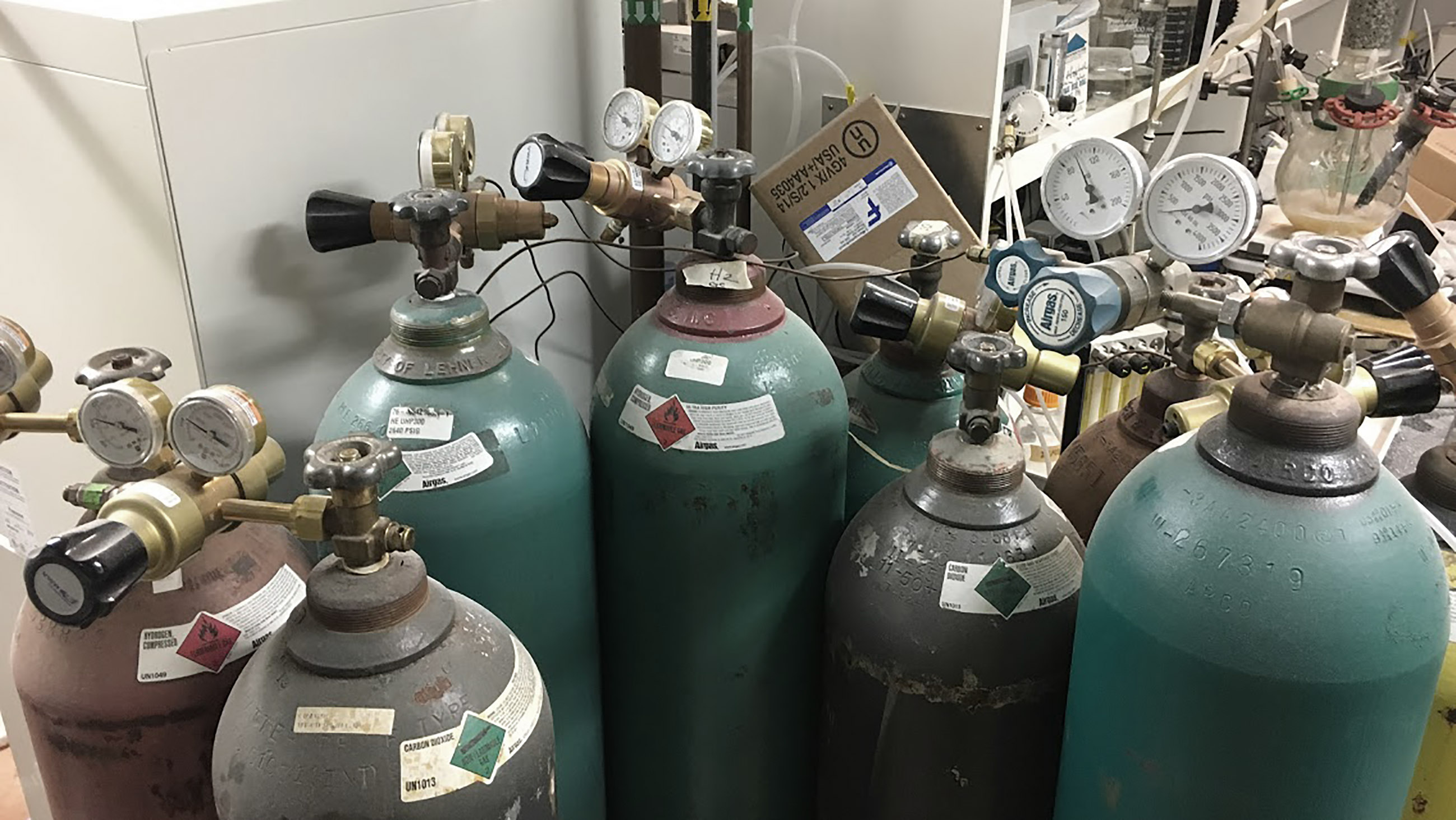
As the CSB report notes, these incidents all reflect similar types of failures and signify the flawed and dangerous approach to lab safety that prevails at many universities. Campuses across the country, the report suggests, lack adequate safeguards and organization-wide safety consciousness reaching from top administrators through department heads to principal investigators in charge of labs and to senior lab staff, all of whom are responsible for protecting vulnerable lab workers. And those failures, safety experts say, arise largely from the way university research is structured and the incentives this structure creates.
In industry, doing research safely is “a matter of doing business,” Harry Elston, editor of the Journal of Chemical Health and Safety, told me: Have a bad injury in your lab and “you’re not going to have a job the next day.” Occupational safety laws make potential liability for injury loom large, and that encourages companies to emphasize strong safety consciousness, extensive training, careful planning and analysis to mitigate risks, mandatory use of protective apparel and equipment, and more. At Dow, safety was a high-priority issue, its former executive Banholzer adds. If a lab was running unsafely, he would “shut it down.”
But no American faculty member has lost a job because a student was injured or killed in his or her laboratory. In fact, faculty members commonly view safety regulations as an “infringement on their academic freedom,” Elston noted. And university culture reinforces that attitude.
Research universities ostensibly hire faculty to teach, but professors earn tenure, promotion, and acclaim through research, by publishing journal articles that they finance with sometimes lucrative grants. The grants are lucrative for universities too, which take 20 to 85 percent of the money as an “overhead” charge for basic institutional operating costs. Yet this does not imply close university supervision. Supporting its programs and payrolls through grants, each lab functions essentially as an independent “small business” that uses undergraduate and graduate students, postdoctoral scholars, and technicians as an inexpensive labor force, says the safety expert Langerman. Productivity, defined as accumulating data that can be transformed into as many journal articles as possible, is the “cultural imperative,” says a 2014 National Academies report.
Academic culture thus encourages each lab chief to operate rather like a feudal “fief,” says the CSB report, citing communication researcher James McCroskey. Only “nominally subordinate” to department chairs, deans, and other administrators, scientists with grants (generally referred to as principal investigators, or PIs) can “in practice do pretty much whatever they want so long as they do not stray too far into some other fief’s territory,” McCroskey wrote. Beyond that, successful lab chiefs hold the trump card of being able to move to a competing university.
The environment of tight funding and intense competition for grants gives lab chiefs little incentive to use their resources “to do anything that they can avoid doing,” even “low-cost best safety practices,” Langerman says. One result is that industrial employers commonly complain that the science graduates they hire from universities have learned such poor safety awareness and skills that they need weeks of safety training before they can work in company labs. “The Ph.D.s tend to need just as much remedial training as the undergraduates,” Banholzer says.
Institutions that want to enforce safety requirements, says James Kaufman, president of the nonprofit Laboratory Safety Institute, would have to be “be willing to say that, notwithstanding your Nobel Prize and your hundred-million-dollar NIH grant, either you do your work following our rules and policy in our safety manual or we wish you the best of luck at wherever you’d like to work next.”
But evidence suggests universities rarely give top priority to lab workers’ safety. For instance, when California brought felony charges against the star chemistry professor Patrick Harran, in whose laboratory Sangji was lethally burned, UCLA’s answer was to spend $4.5 million defending him. After several years, the case was settled without a trial and the felony charges dropped as part of the settlement. During the multiyear proceedings, Harran continued to win federal funding and at the end emerged with community service and a $10,000 fine, with his eligibility to compete for federal grants still intact. Two years later, the American Association for the Advancement of Science named him a fellow, until objections from some members of the chemistry community forced the honor to be rescinded.
So let us consider Banholzer’s question: Why in the world would we allow this to happen?
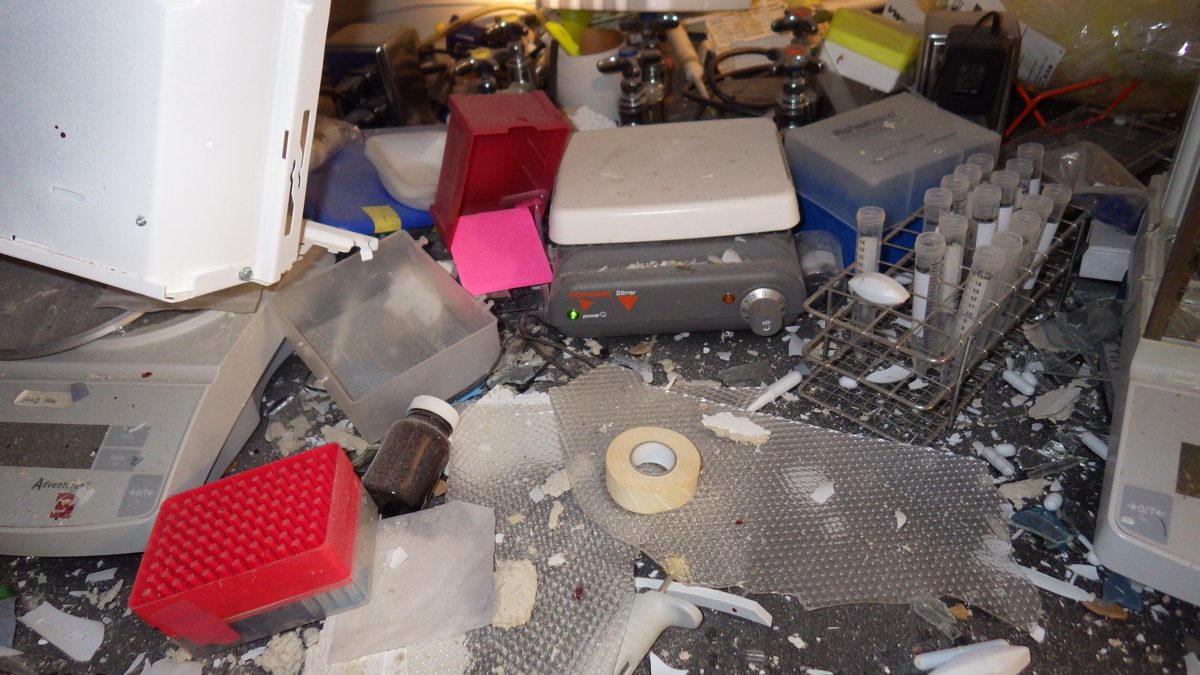
The lab where Ekins-Coward was working saw expansive damage. But the voices of those calling for improved safety standards — there and across the country — are not nearly loud enough.
Visual: Honolulu Fire Department
The first answer is that giving low priority to lab safety has long served the interests of universities and their grant-funded faculty.
Only changing the incentives that shape research culture will begin to alter this daunting situation. As the CSB report pointedly observes, “When negligent or cavalier treatment of laboratory safety regulations jeopardizes everybody’s ability to obtain funding, a powerful incentive is created to improve laboratory safety.”
The board urges the granting agencies themselves to bring change: Through their power to withdraw or withhold grants or contracts, funders “can play an impactful role in raising safety awareness and preparedness by the researcher and university.” Following the Texas Tech explosion, the U.S. Department of Homeland Security, which funded the project, did alter its requirements to make safety performance a condition of funding. That’s a beginning, but only a beginning:
Top federal funders of university research like the National Institutes of Health and the National Science Foundation still have no such requirements.
In recent years, some academic and scientific leaders have begun calling for change, and some institutions have taken serious steps to strengthen safety — most of them after suffering a calamity. But their voices are not nearly strong enough and their efforts not nearly numerous enough. Broader change needs a stronger alliance, along with greater concern from the public and legislators. It needs a broad consensus that the young scientists who produce a large portion of the nation’s research progress must get the protection they need and deserve.
When the next disaster maims or kills the next student, technician, or postdoc — as will inevitably happen under the current system — it’s almost certain that the investigators will once again find the same kind of lax practices, permitted by the same kind of institutional failures and organizational flaws, that all the previous investigations have decried.
This time let’s hope that we decide we’ve had enough. Some academic leaders have begun to call for change, but so far the response has been too sparse. Parents and students, scientists and academic leaders — everyone who cares about science demands an end to these practices — must demand a new beginning. Laws and policies should cover everyone working in our nation’s labs, regardless of whether they pay tuition or receive a salary. It’s time for us to stand up for all our young scholars, like Ekins-Coward, Dufault, Brown, and Sangji, and insist that they deserve our protection.
Beryl Lieff Benderly is a Washington-based freelance journalist and book author whose beats include science policy, health, and behavior.
Correction: This piece has been updated to remove an incorrect statistic comparing the safety of industrial and academic labs.





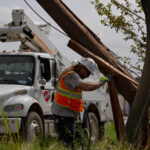
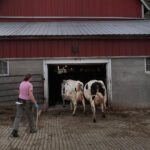



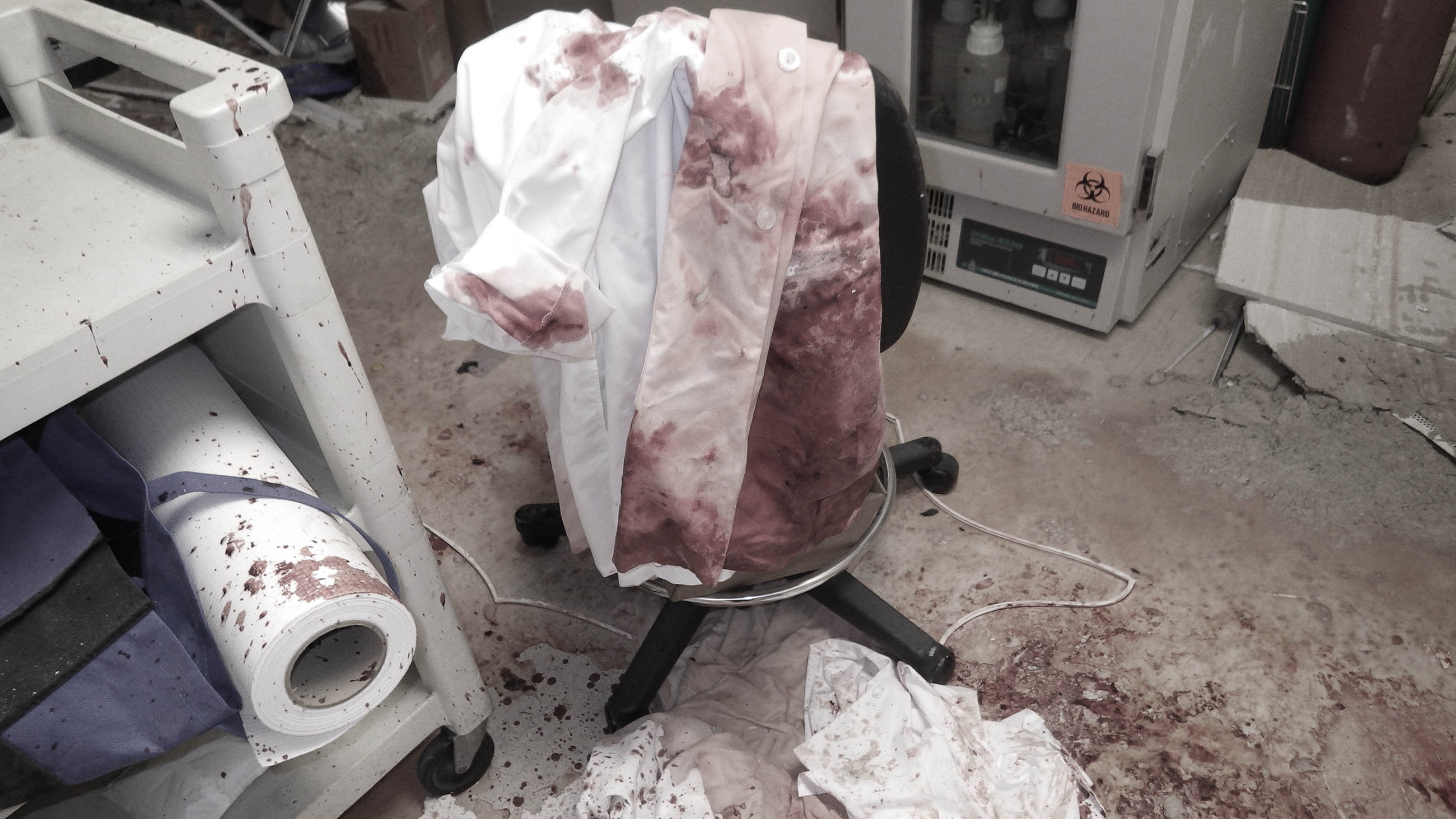
Comments are automatically closed one year after article publication. Archived comments are below.
I worked at different commercial labs in the Calgary,Alberta, Canada region over 25 years starting in 1976.
Some were death traps while others were merely adequate. Until safety is taken seriously over the bottom
line, injuries and deaths will continue. Senior management and owners must be held accountable including heavy fines and jail time if warranted. Section 217.1 of the Canadian Criminal Code spells this out.
Really good article. The American Chemical Society (ACS) Committee on Chemical Safety recognized that our academic institutions need to do more to teach, practice, and promote safety in the laboratory. They have several publications that address these shortcomings: Creating Safety Cultures in Academic Institutions (2012); Identifying and Evaluating Hazards in Research Laboratories (2015); Guidelines for Chemical Laboratory Safety in Academic Institutions (2016); Guidelines for Chemical Laboratory Safety in Secondary Schools (2016). All of these are aimed at helping our academic institutions improve their efforts in safety, especially safety education. The challenge in my mind is that there are now tools to teach safety to undergraduates but the current academic faculties most likely never received safety educations themselves and did not build strong safety ethics that are needed to practice and promote safety among their students. So we all need to help them find ways to get safety education incorporated into the chemistry curriculum so tomorrow’s chemists and faculties do have the safety knowledge and safety ethics to keep their students safe.
It is unsettling that the process industry which handles larger quantities in more extreme conditions has been able to reduce their injury rate over the decades while college and university laboratories seem to remain complacent behind their teaching mantle. Near misses, accidents, fires and even the occasional explosion are too common due to a lack of organizational imperative, a failure to adequately train faculty and students in hazard analysis and recognition and a too lenient policy towards compliance.
The statistic that “researchers are 11 times as likely to be injured in an academic laboratory as in a comparable industry setting” is inaccurate. From the editor’s note on the letter’s web page (http://cen.acs.org/articles/91/i18/Importance-Teaching-Safety.html):
“The authors actually compared the overall injury and illness rate for academic institutions to Dow Chemical’s overall injury and illness rate. The overall rates would include accidents in areas such as groundskeeping, dining halls, and manufacturing facilities as well as in research laboratories, and the university rates may not include events that harm students. There are no available national statistics about injury and illness rates specifically in research laboratories.”
Thank you Jyllian. The piece has been updated.